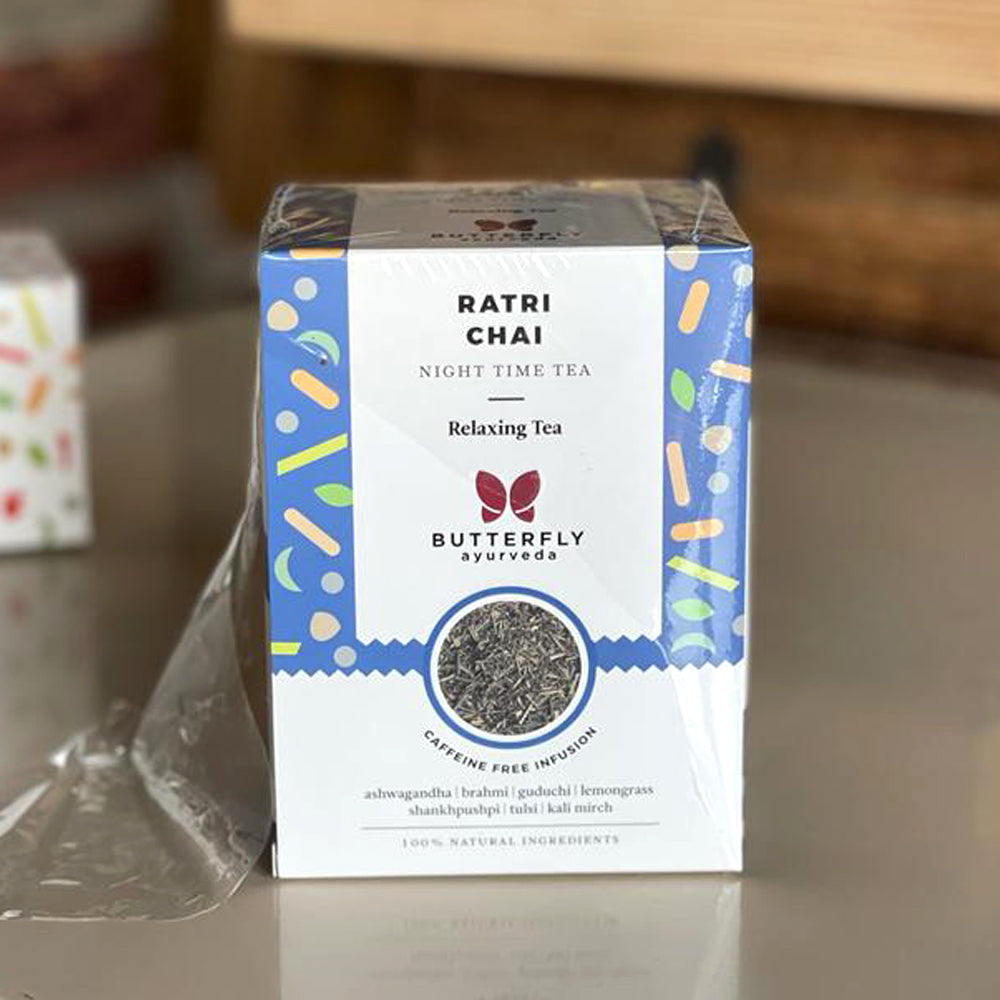
Shrink film and sustainable packaging, two terms that don’t seem to belong together. Wondering how shrink film is termed sustainable?
While environmentalists encourage us to push back against all kinds of plastic, some alternatives stack well in comparison to their 'greener' alternatives and have a minimal impact on the environment. Studies show that switching to alternatives such as glass, aluminum, paper, wood, foam, etc. leads to higher greenhouse emissions on the whole.
These 'eco-friendly' packaging materials are heavy, require energy-intensive production, and add a hefty shipping cost which is worse for the environment, all aspects considered. For instance, glass packaging is much heavier than plastic, therefore it is far more polluting to transport. Similarly, paper bags tend to have higher carbon emissions than plastic bags and are less likely to be reused. Moreover, switching to non-plastic packaging would indicate removing pollution from oceans and increasing air pollution.
Shrink film, on the other hand, offers a more eco-friendly solution as it takes less space, has a low carbon footprint, and is extremely efficient and safe. Here are some ways in which shrink film improves sustainability
Sustainable Shrink Film
Many of us are unaware of the fact that most shrink films are recyclable as they are made of recyclable plastics. Safe and non-toxic, polyolefin shrink film offers a recyclable and sustainable solution to organizations. Many firms are still using PVC (polyvinyl chloride) plastics and other toxic packaging materials. These packaging materials often contain chloride, which releases toxins during manufacturing and are often not recycled properly, while polyolefin shrink film is thinner, non-toxic, and can be recycled easily.
Meets customer expectation
Studies show that consumers would prefer buying a sustainable product.
Reduces food wastage
Studies show that food waste can increase packaging waste by three times. Shrink film can reduce food waste exponentially as wrapping the food in shrink film prevents moisture loss and spoilage, and thus extending its shelf life.
Lowers e-commerce footprint
Shrink film not only reduces packaging weight and material, but also reduces shipping and transportation impact and is more efficient to ship. It can eliminate the need for additional boxes and packaging materials, allowing the organization to deliver a “greener” package to the consumer.
Eliminates secondary package
Organizations can also reduce the redundant task of secondary packaging such as trays, labels, etc. by bundling products in multi-packs using printed shrink film. It will not only reduce the environmental impact, but will also save labor cost and additional resources.
Future of Shrink Films
While choosing a sustainable packaging solution, numerous factors are taken into consideration such as resource inputs, recycling, consumer feedback, and its impact on the environment. Shrink film offers a sustainable, recyclable, and environmentally friendly packaging option that has the potential to marginally minimise the resource uptake on the environment. The usage of renewable packaging solutions translates to drastic reduction in carbon footprint.
Moreover, the prevalent theory in sustainable circles tends to favour circular economy arguments, also known as recycling. These esteemed individuals view the idea of throwing away products as flawed, even if the products are biodegradable or are made up of recycled materials. Keeping this in mind, sticking to a coherent waste and resource strategy is the best bet to reduce the environmental impact of an organization. The idea is to not just focus on reducing plastic waste, but instead find a solution that is both sustainable and environmentally friendly.

Comments (0)
Back to News